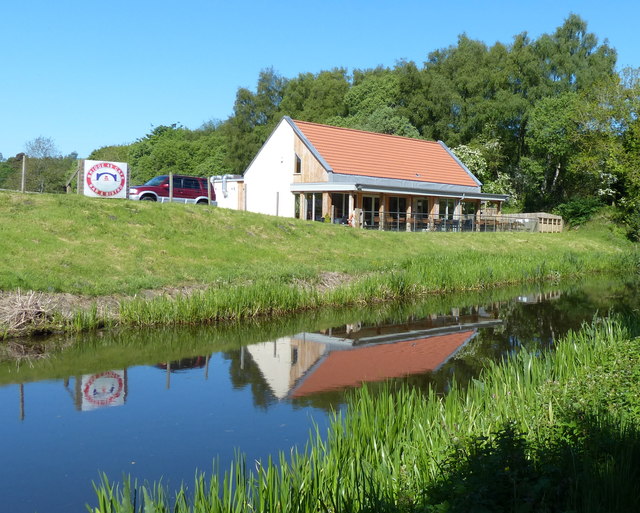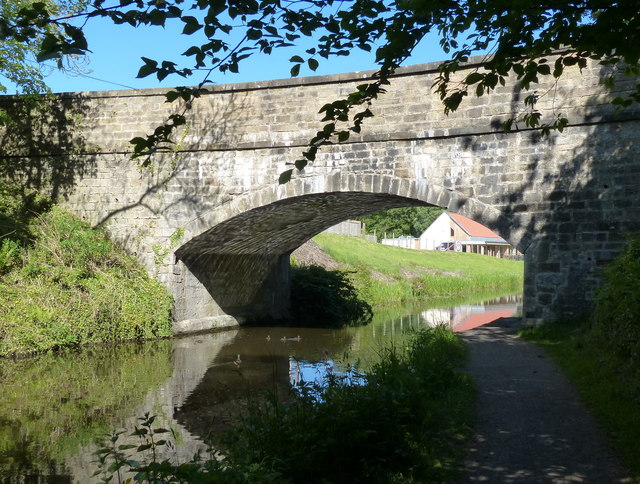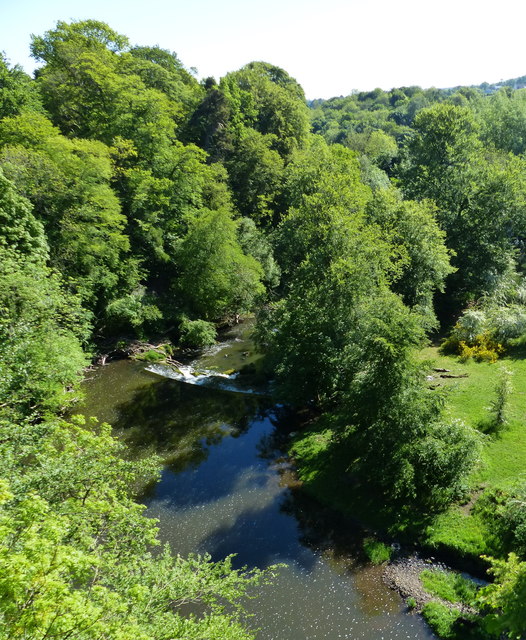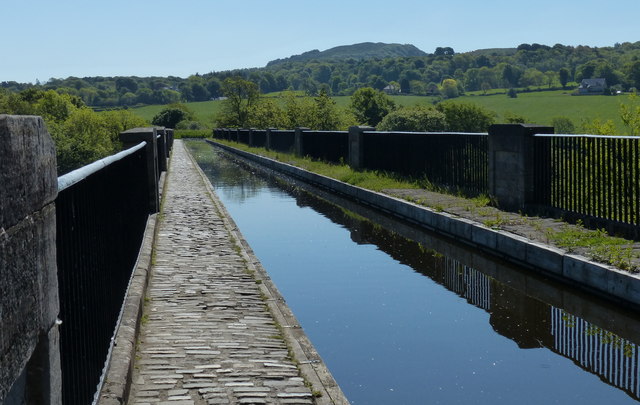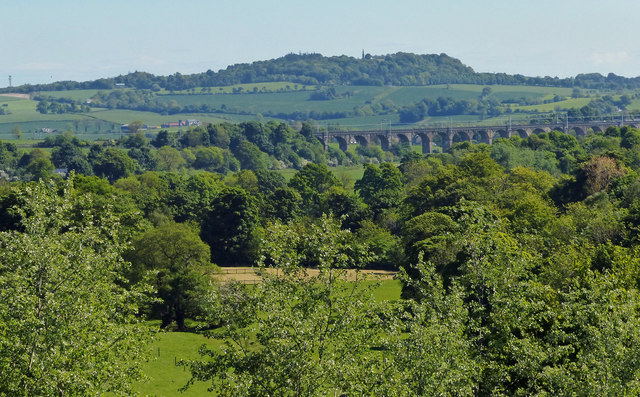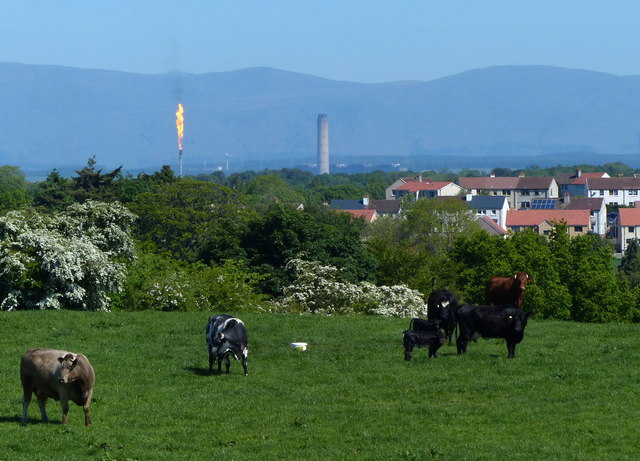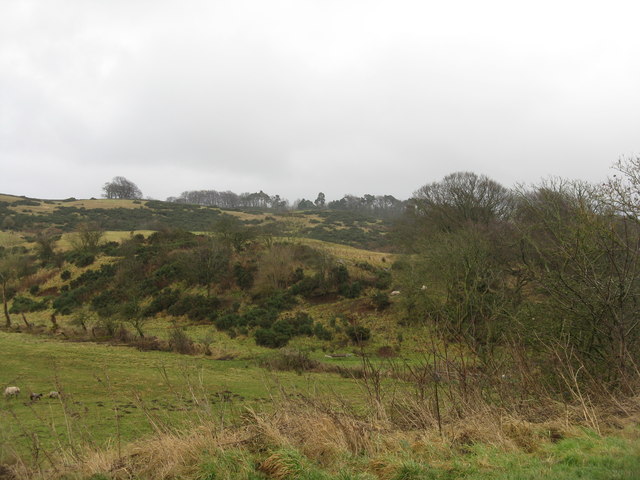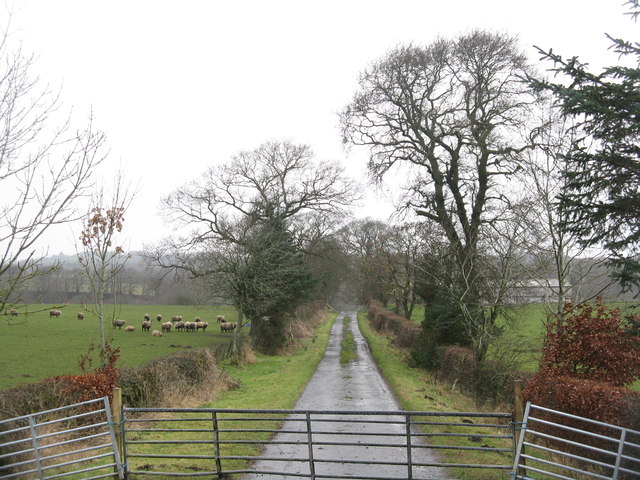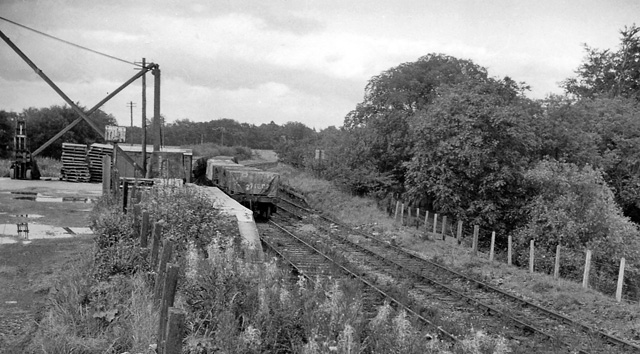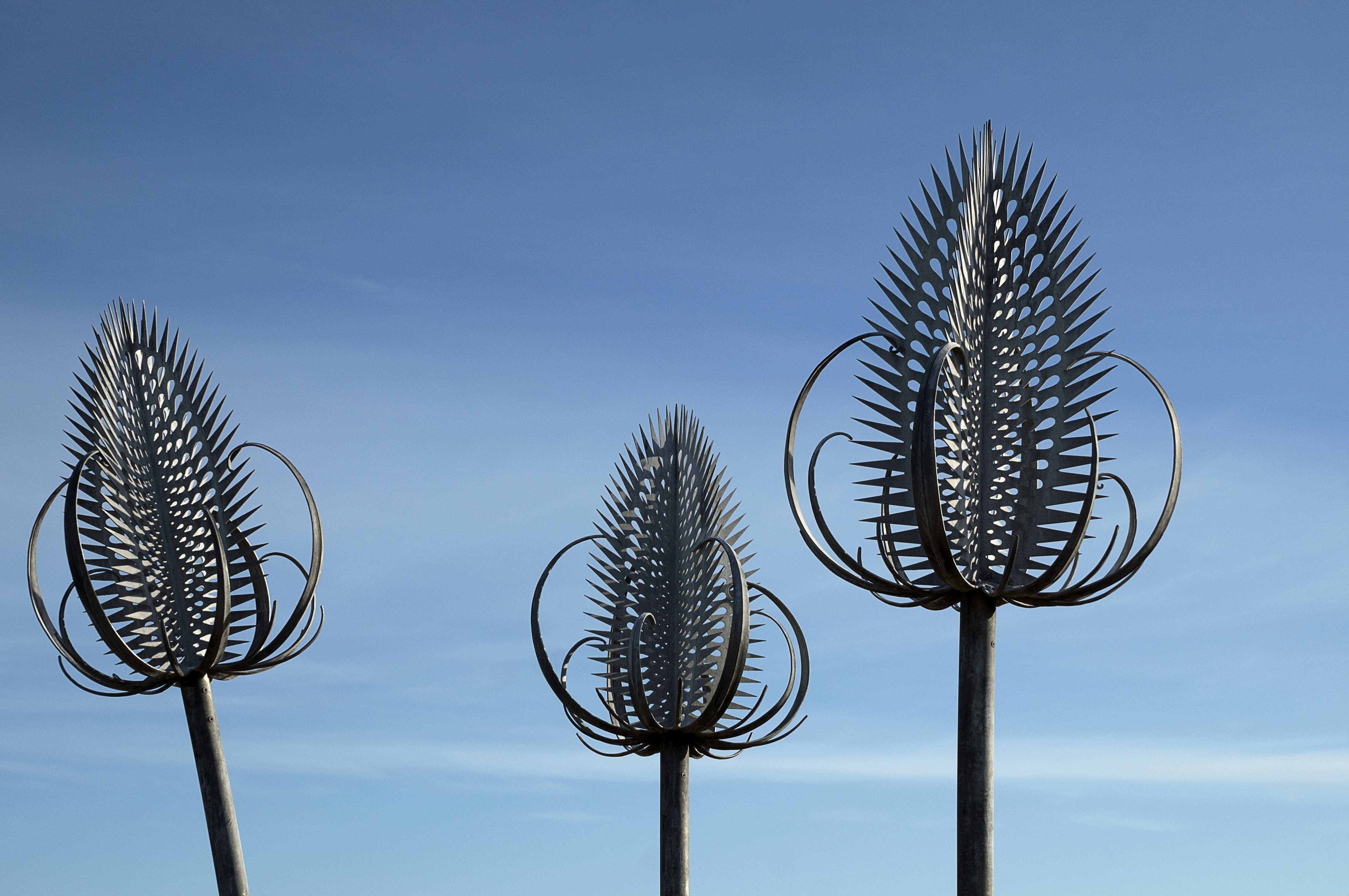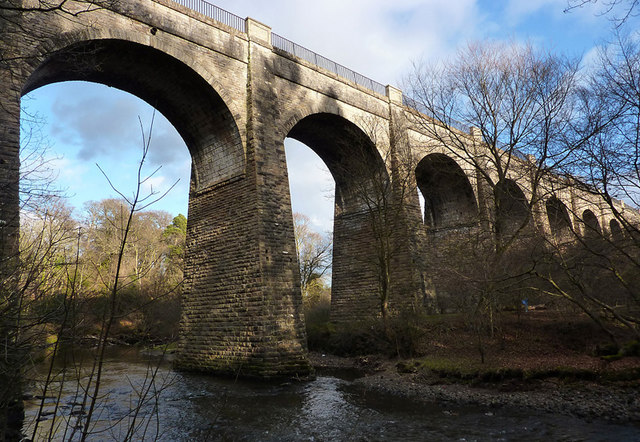Blue Braes
Wood, Forest in Stirlingshire
Scotland
Blue Braes
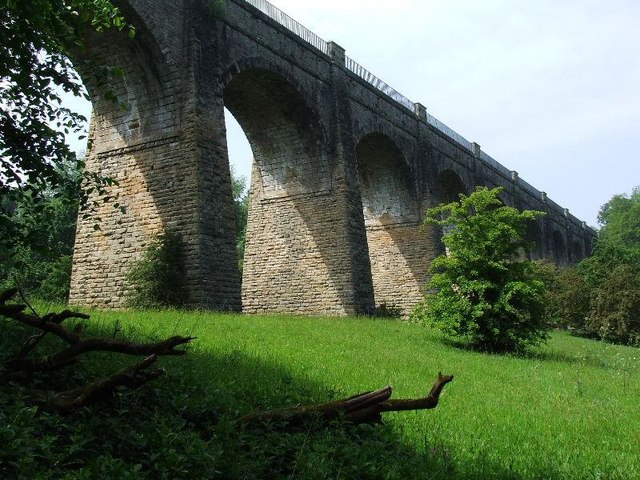
Blue Braes is a picturesque woodland located in Stirlingshire, Scotland. Situated in the central belt of the country, it covers an area of approximately 200 acres. The woodland is named after the vibrant bluebells that bloom during the springtime, creating a stunning carpet of blue across the forest floor.
Blue Braes boasts an impressive variety of tree species, including oak, beech, birch, and pine. The lush canopy provides a haven for a wide array of wildlife, making it a popular destination for nature enthusiasts and wildlife photographers. Visitors may spot red squirrels, roe deer, and a plethora of bird species, including woodpeckers and owls.
The woodland is crisscrossed by a network of well-maintained trails, offering visitors the opportunity to explore the stunning natural surroundings. The paths wind through ancient woodlands, providing breathtaking views of the surrounding hills and valleys.
Blue Braes also features a small stream that meanders through the forest, adding to the tranquility and beauty of the area. It provides a peaceful spot for visitors to relax and enjoy the soothing sounds of nature.
The woodland is easily accessible, with a car park located nearby, making it a popular destination for both locals and tourists. Blue Braes offers a true escape from the hustle and bustle of everyday life, providing a serene and enchanting setting for all who visit.
If you have any feedback on the listing, please let us know in the comments section below.
Blue Braes Images
Images are sourced within 2km of 55.954641/-3.6738066 or Grid Reference NS9574. Thanks to Geograph Open Source API. All images are credited.
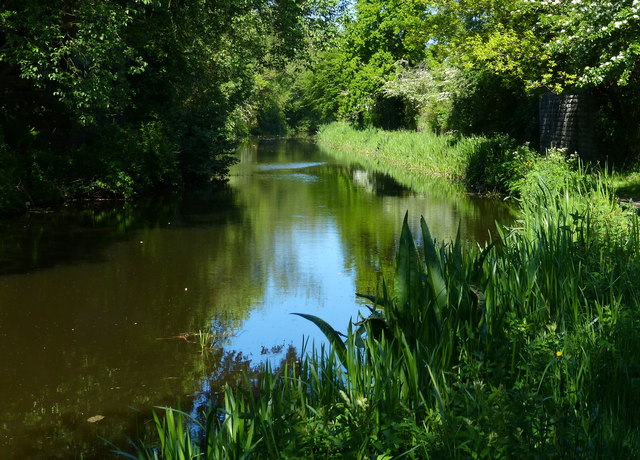
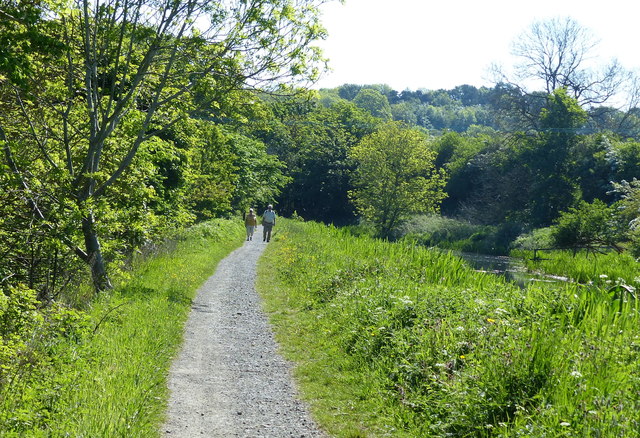
Blue Braes is located at Grid Ref: NS9574 (Lat: 55.954641, Lng: -3.6738066)
Unitary Authority: Falkirk
Police Authority: Forth Valley
What 3 Words
///leotard.rollover.frightens. Near Maddiston, Falkirk
Nearby Locations
Related Wikis
Bowhouse railway station
Bowhouse railway station served the suburb of Bowhouse, Falkirk, Scotland, from the 1840s to 1964 on the Slamannan Railway. == History == The station was...
Carribber Castle
Carribber Castle, also known as Carriber Castle or Rob Gibb's Castle, is a ruined castle located near Linlithgow in West Lothian, Scotland. == Description... ==
Muiravonside Country Park
Muiravonside Country Park is 170 acres of woodland and parkland open to the public all year round with marked trails, picnic sites and a play area. It...
Avon Aqueduct
The Avon Aqueduct is a navigable aqueduct that carries the Union Canal over the River Avon, near Linlithgow, Scotland. == History == The aqueduct was built...
Nearby Amenities
Located within 500m of 55.954641,-3.6738066Have you been to Blue Braes?
Leave your review of Blue Braes below (or comments, questions and feedback).


